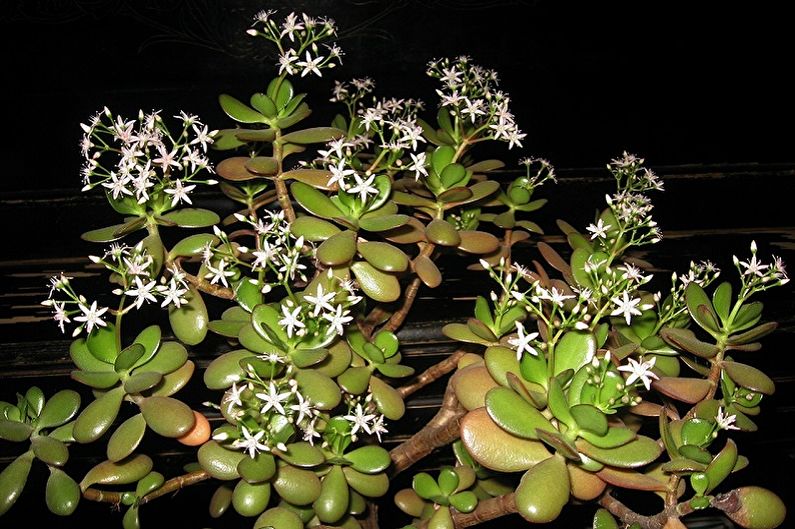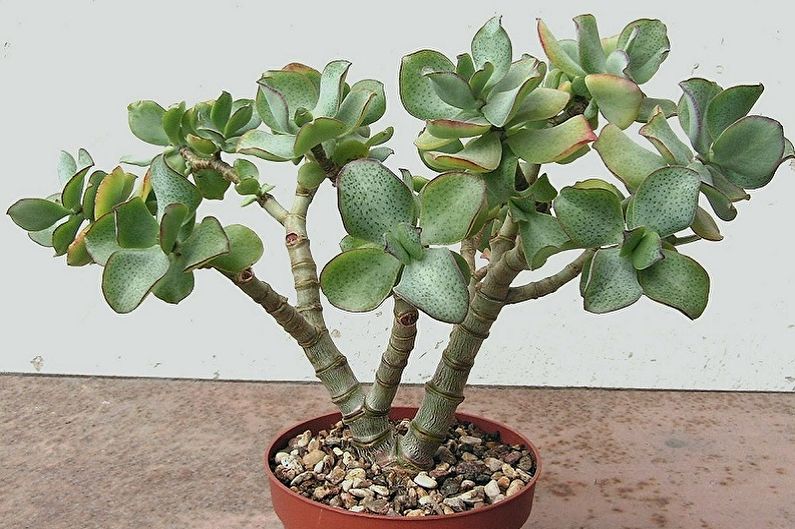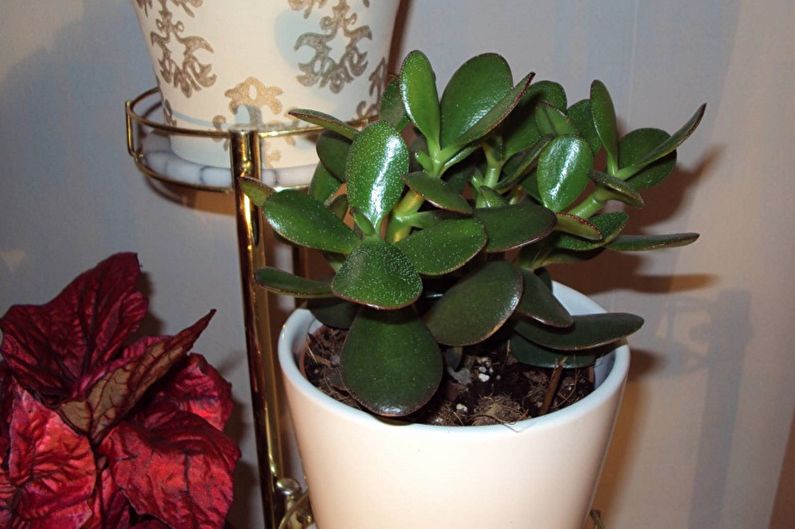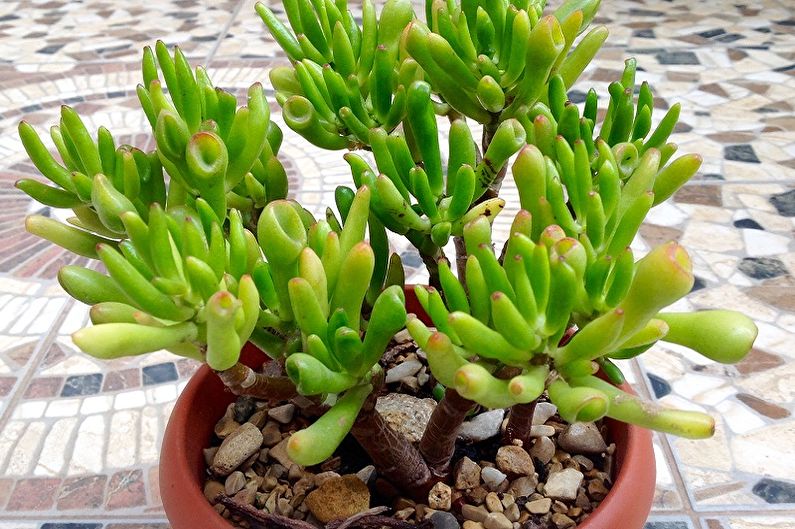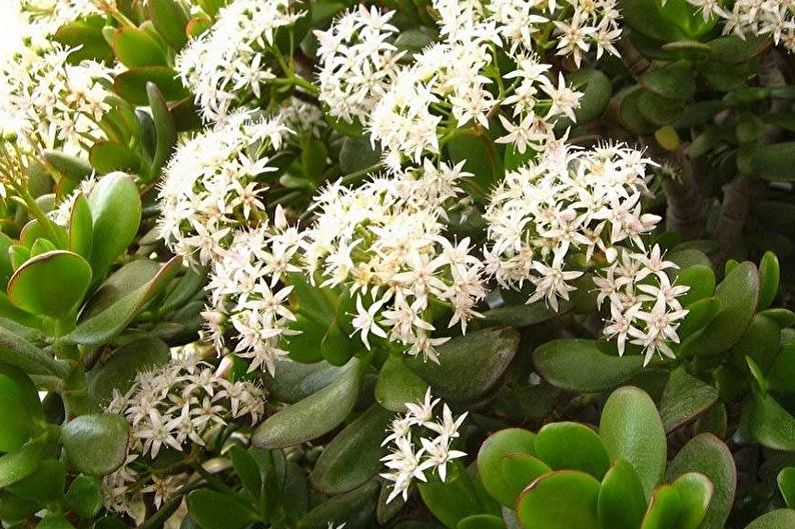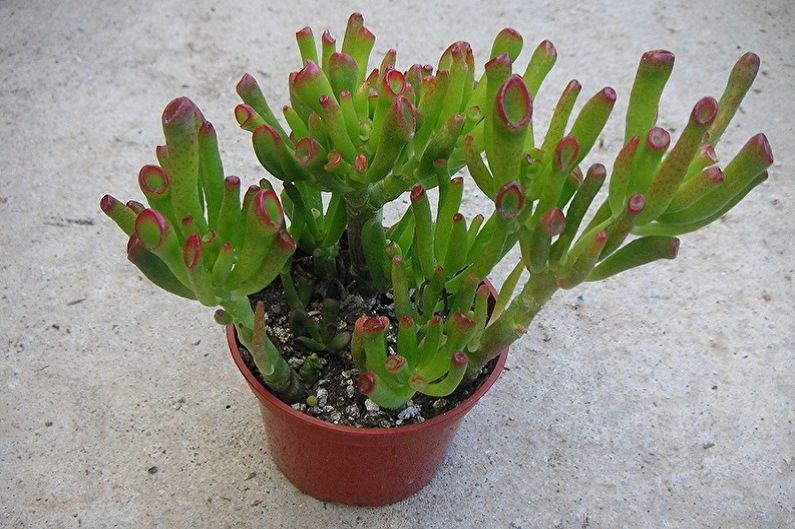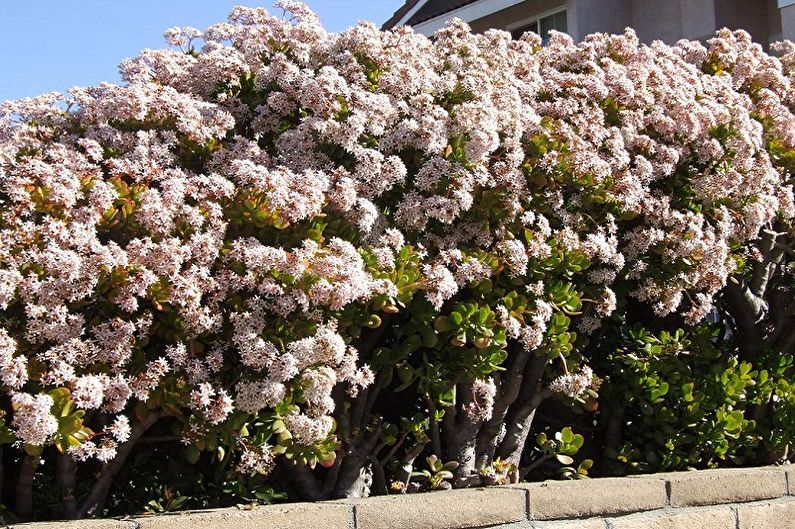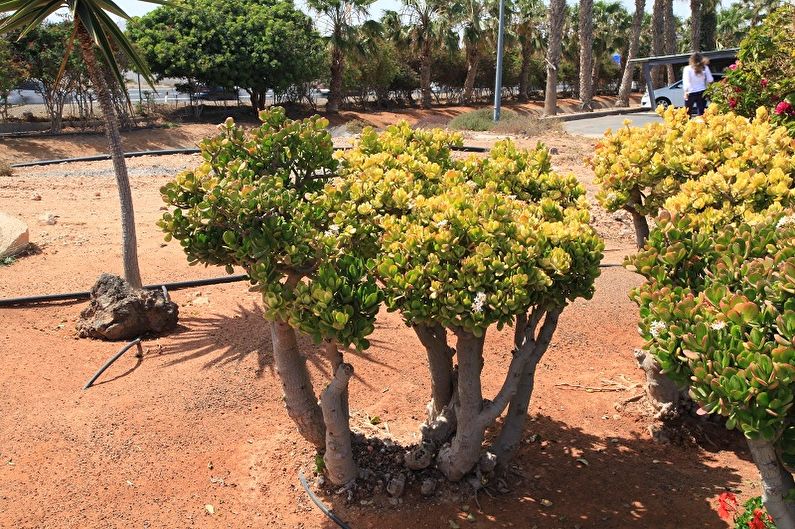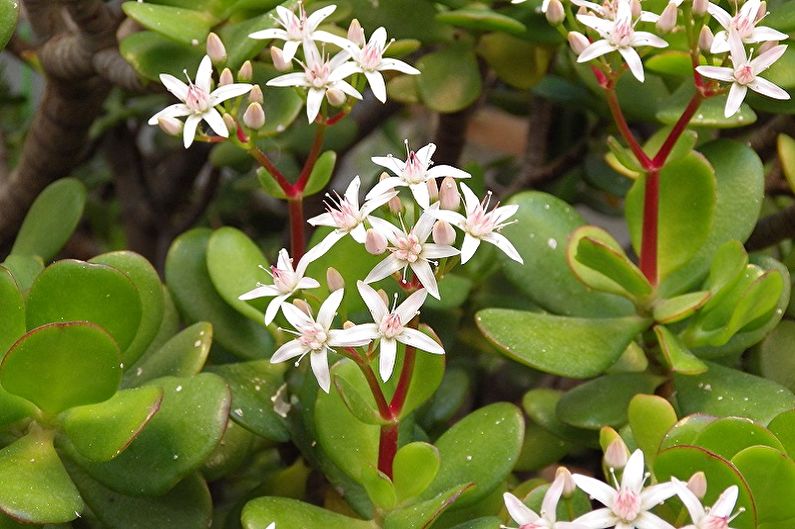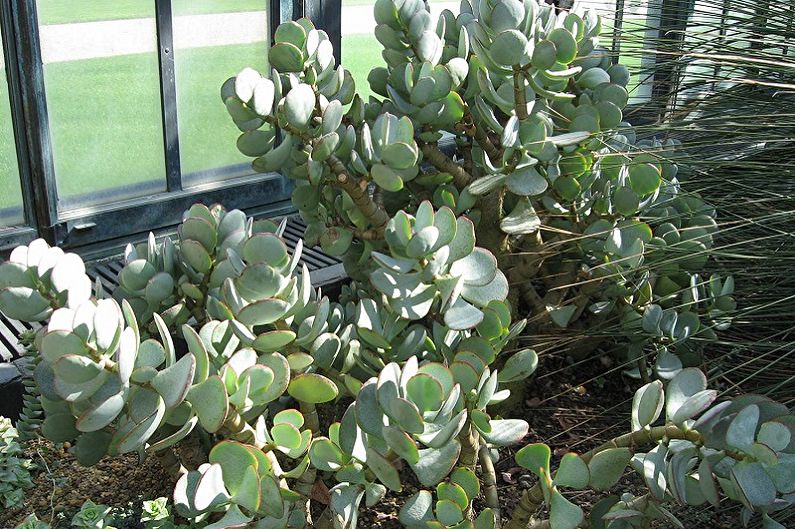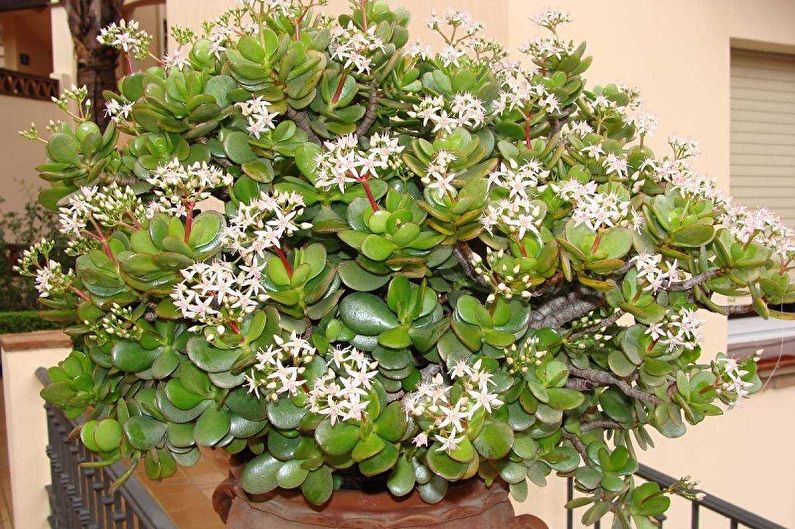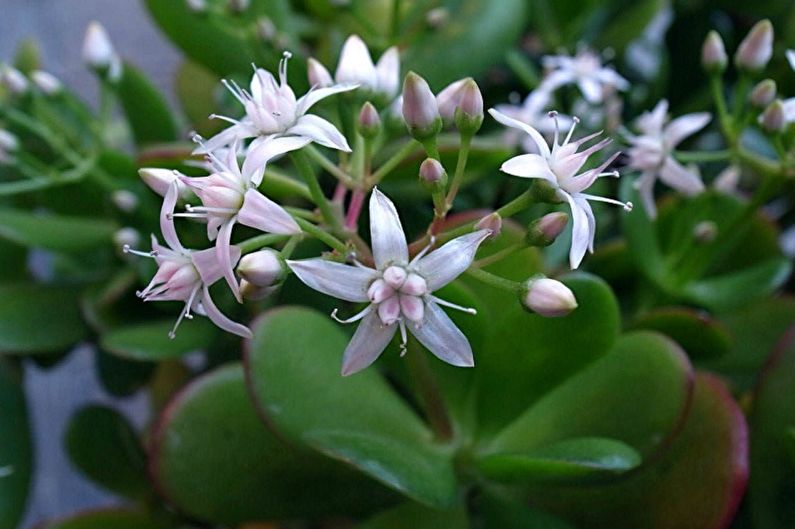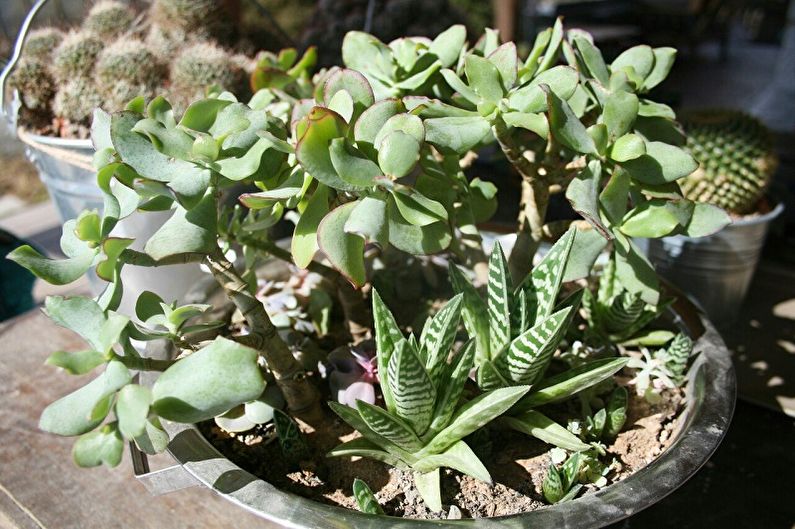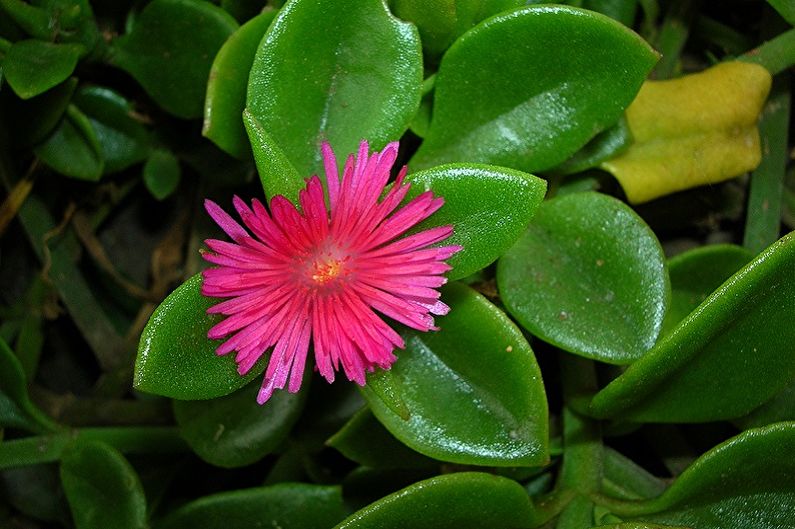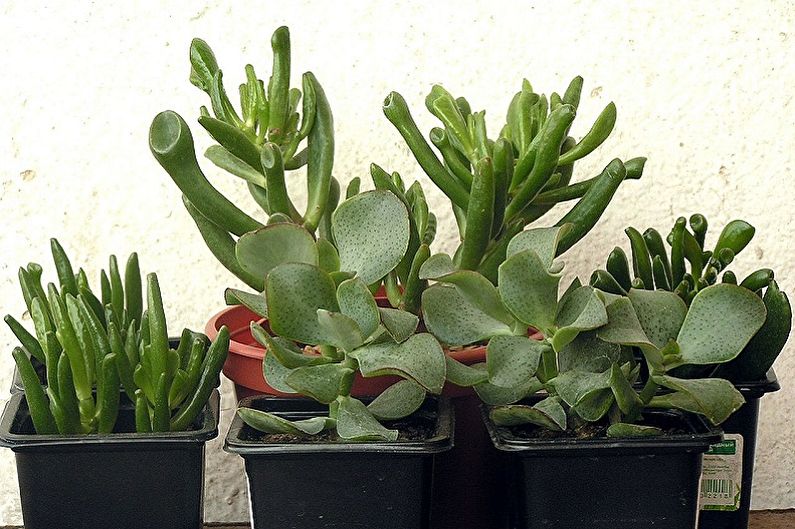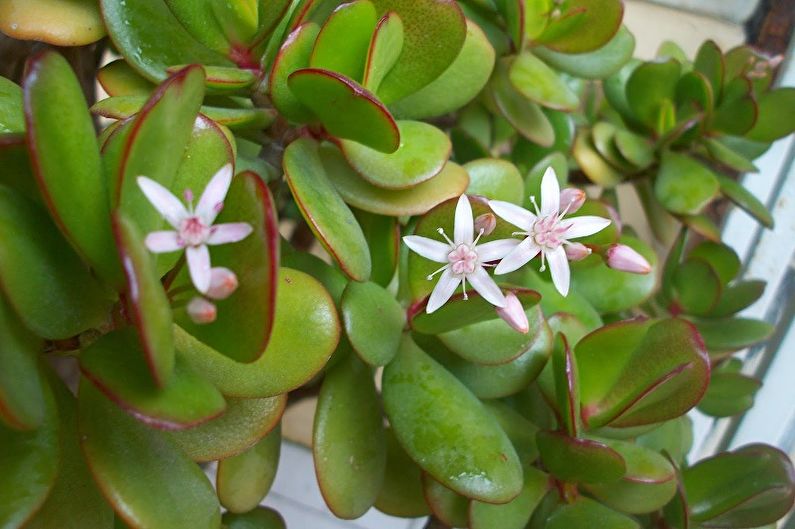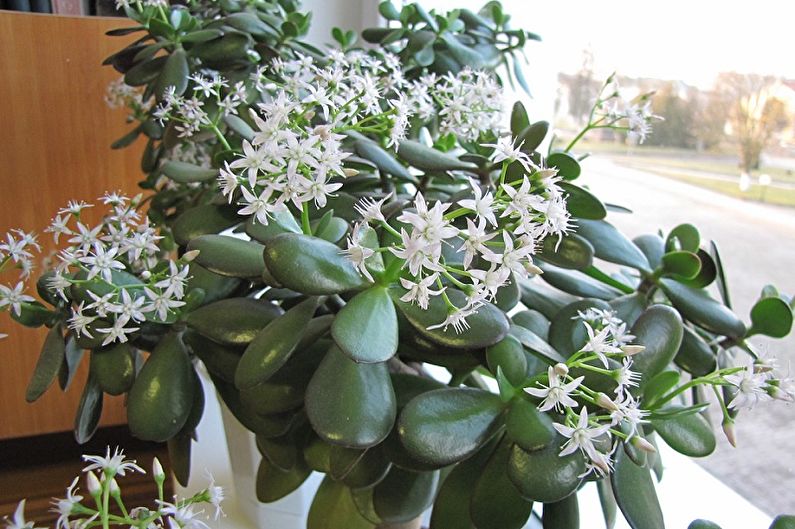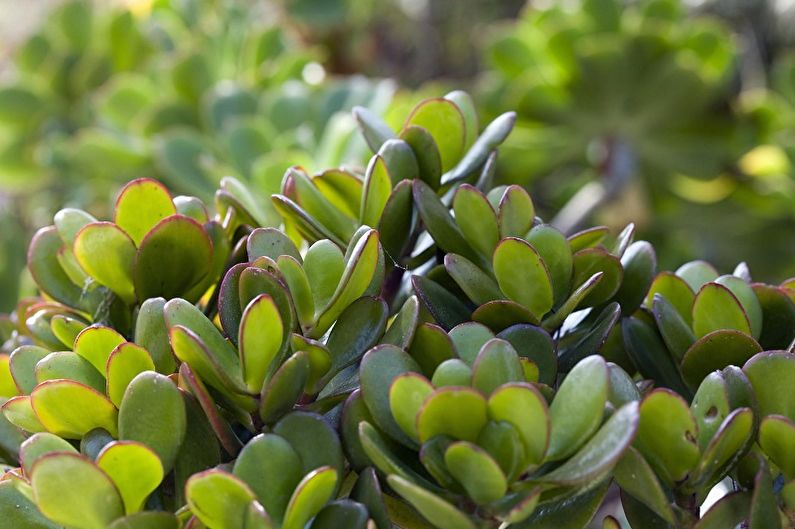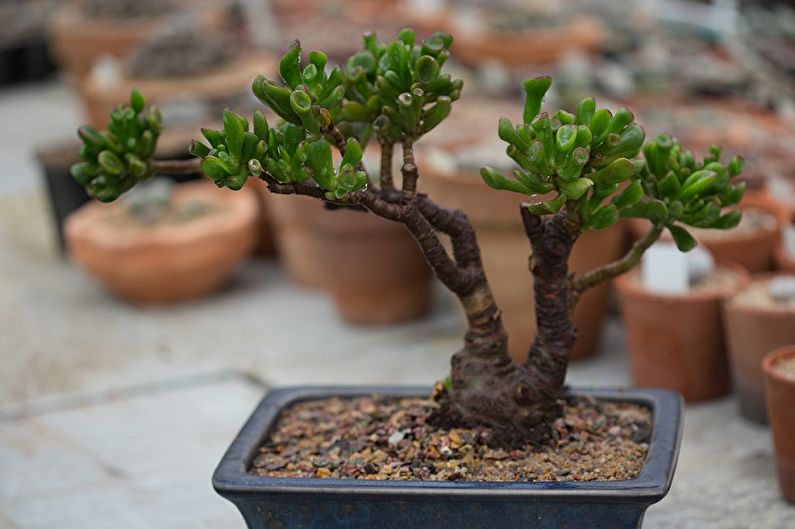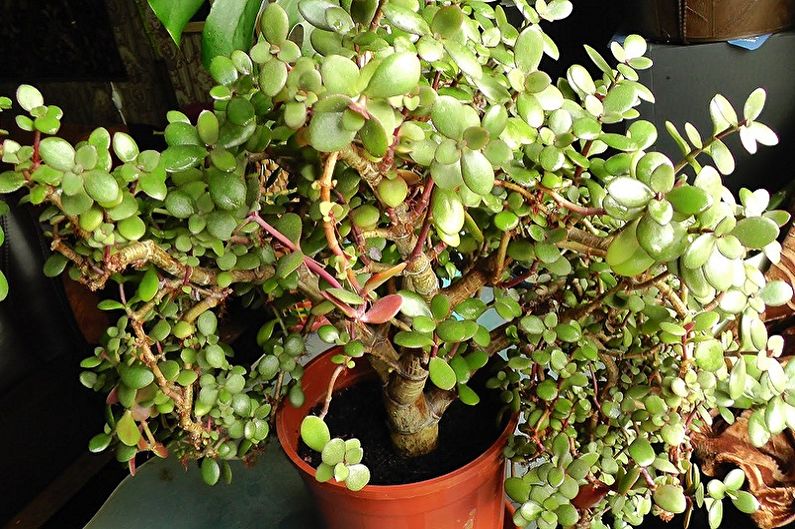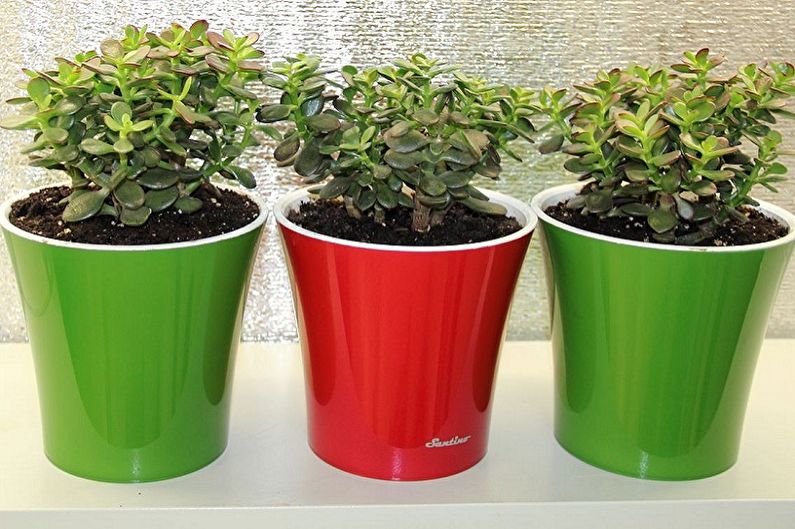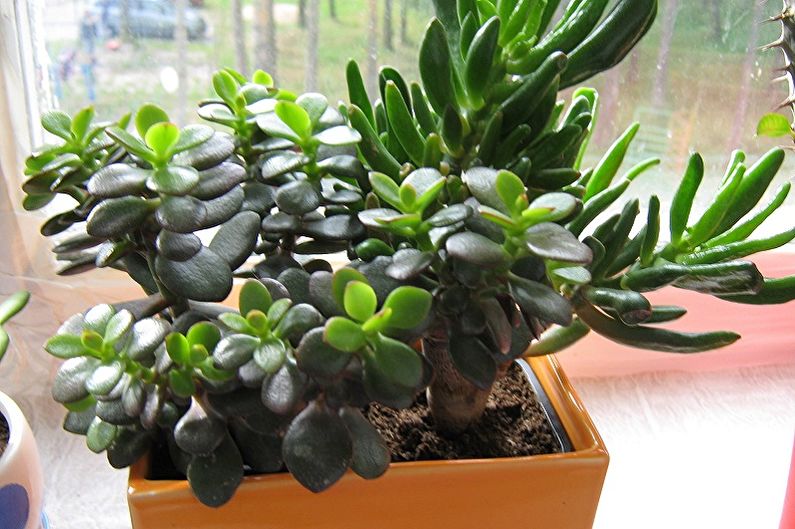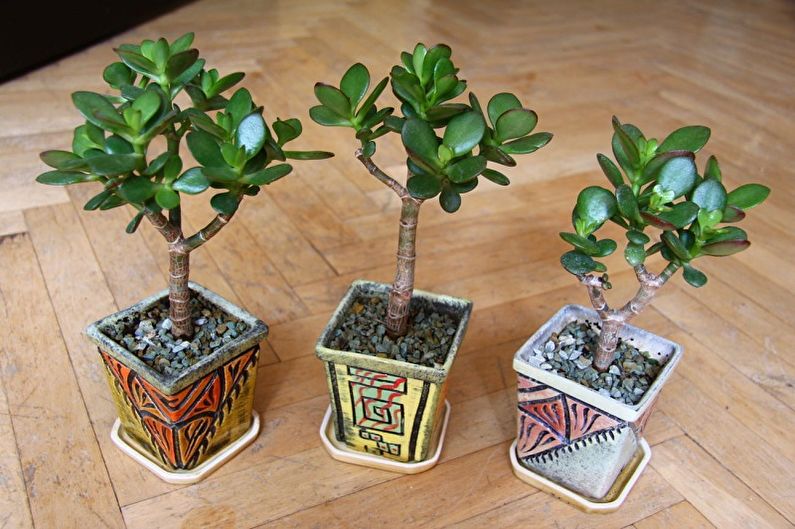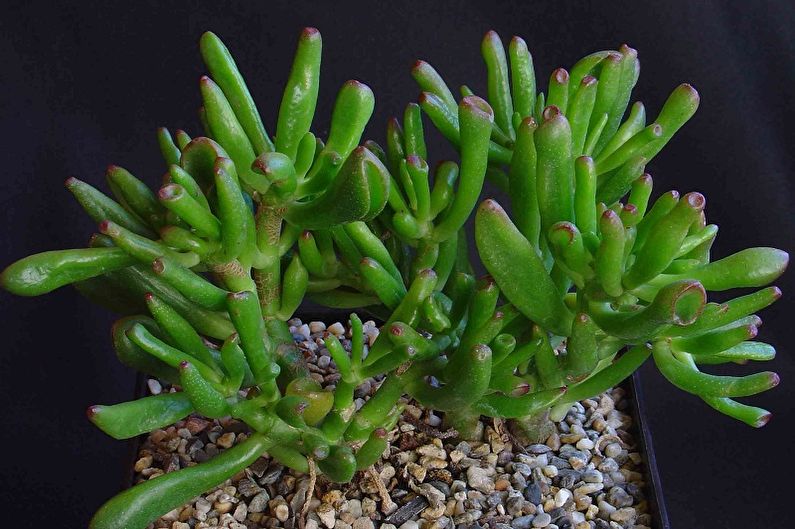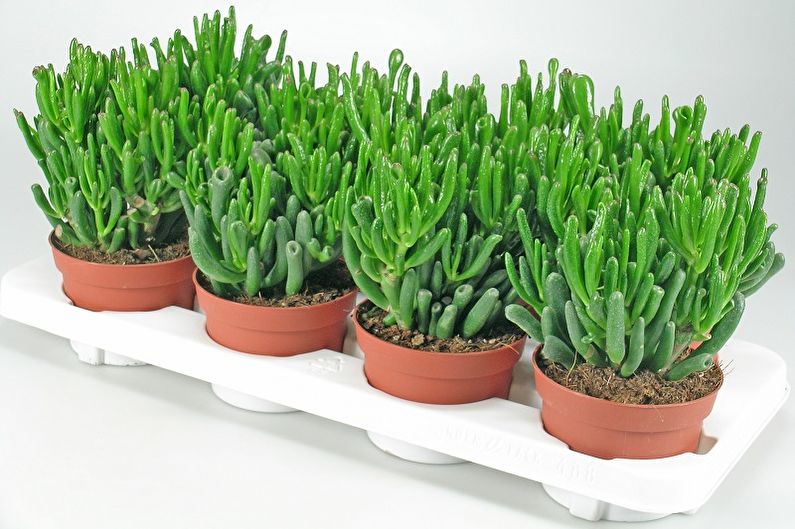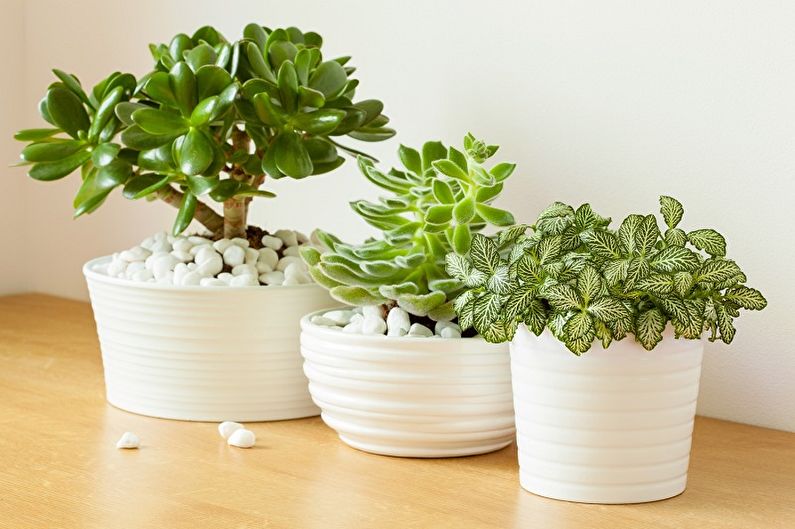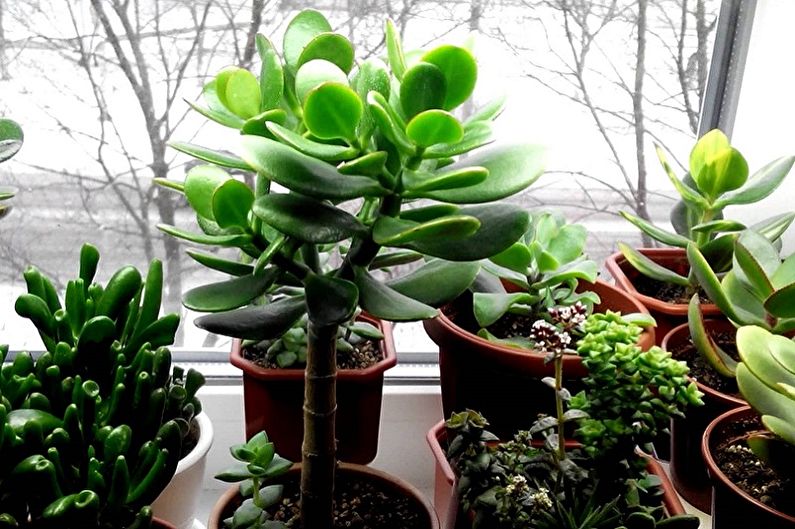
Despite the rapid development of technology, space exploration and scientific breakthroughs, there is still room for superstition in everyday life. Many have their own charms, someone believes in signs, and someone follows beliefs. According to one popular belief, a money tree, or a fat girl, feels a financial situation and attracts money. Of course, this can be argued. Believe or not believe in signs - everyone decides for himself. The only fact that remains undeniable is that the money tree is still found in almost all houses where there is a green corner.
general characteristics
Fat girl is one of the most famous and widespread succulents who came to us from South Africa. The name "money tree" she received because of the characteristic shape of the leaves. Voluminous and rounded, they resemble coins. In nature, their main purpose is the accumulation of water. It is at the expense of him that the fat girl is unpretentious and takes root well in arid regions.
The largest varieties reach 2 m, branch and overgrow with a lush crown, but for this they require constant care. In nature, this is a flowering plant with a long flowering period - up to 3 months, but in an apartment this is almost impossible to achieve. But there is a downside: the absence of fragrant flowers and pollen makes the fat woman almost completely hypoallergenic.
The size of the leaves varies from 1 to 7 cm. The shape is round, oval, heart-shaped or elongated. The brightness and color saturation directly depends on the level of lighting.
Money tree is used not only in folk methods of bringing prosperity and stability to a house, but also in folk medicine. Its leaves are used in decoctions, tinctures and ointments.
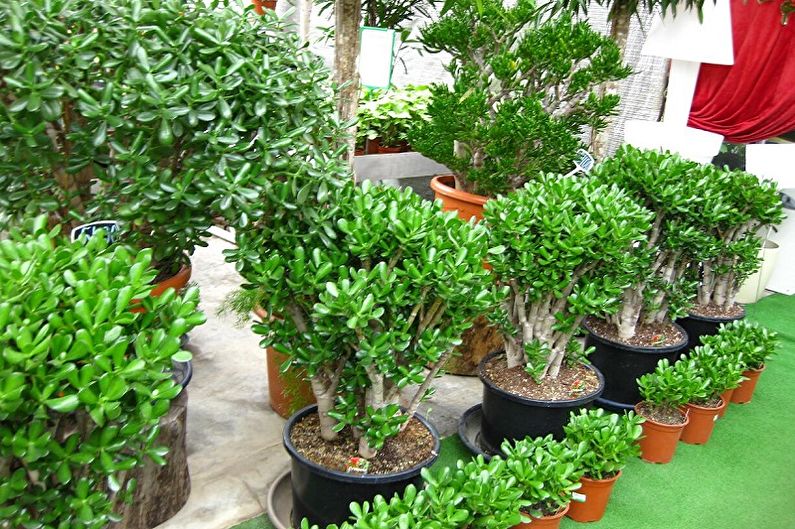

Types of Money Tree
The fat girl, she is a money tree, she is also a red king, is represented in many different species. Almost all of them are unpretentious, grow well in arid conditions, suitable for apartments, houses and greenhouses. According to the form and specifics of development, all of them can be divided into three large categories: tree-like, columnar and creeping. The name of each subspecies directly indicates.
Tree follicles
Treelike crassula can be turned into a real large tree. This category includes the following varieties:
- Tree-like. The classic representative of the family is a tall and tall one and a half meter tree. It is capricious, but very decorative due to the unusual bluish tint of speckled leaves and with a red border.
- Oval. About a meter long tree with large fleshy leaves and a powerful trunk. Color - deep green, with reddish veins and a fringing.
- Minor. Garden variety with small elegant leaves 1x1.5 cm. It is moody, slowly growing and always requires high-quality drainage, but it is bright and unusual.
- Sunset. Another bright fat girl with bright veins and a red frame of green leaves. Extraordinary beauty is preserved only with an excess of light. To preserve a unique color, decorative varieties reproduce exclusively vegetatively.
- Portulakova. The peculiarity of this variety is its aerial roots that sprout here and there on a tree trunk. This is a flowering money tree with rare small pink flowers that appear around the ninth year.
- Ovata. This is a classic indoor bush with a tree trunk and round fleshy leaves 3x5 cm. A big plus is resistance to shade. Ovata is not so in need of constant sunlight. In the greenhouse, this is one of those varieties that bloom willingly.At this time, the money tree is strewn with small pink flowers.
- The Hobbit and Gollum. Interesting varieties bred by breeders in the seventies and named after the characters of The Lord of the Rings. This is a miniature species of a fatty bonsai and dwarf seedlings. Between themselves, the species differ in the configuration of the foliage. In the Hobbit, they are turned outward, and in Gollum, they are curled.
- Tricolor. An interesting motley fat girl who is appreciated for her appearance. Its leaves are round in shape, in a bright strip and with a red border.
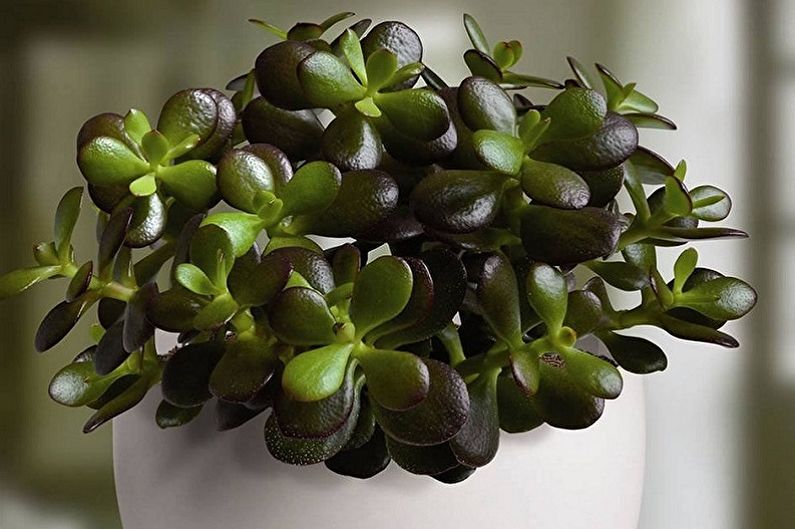
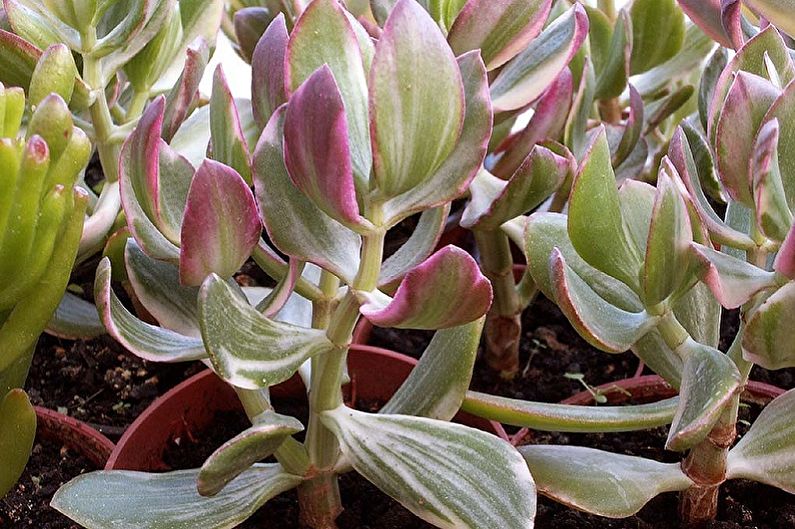
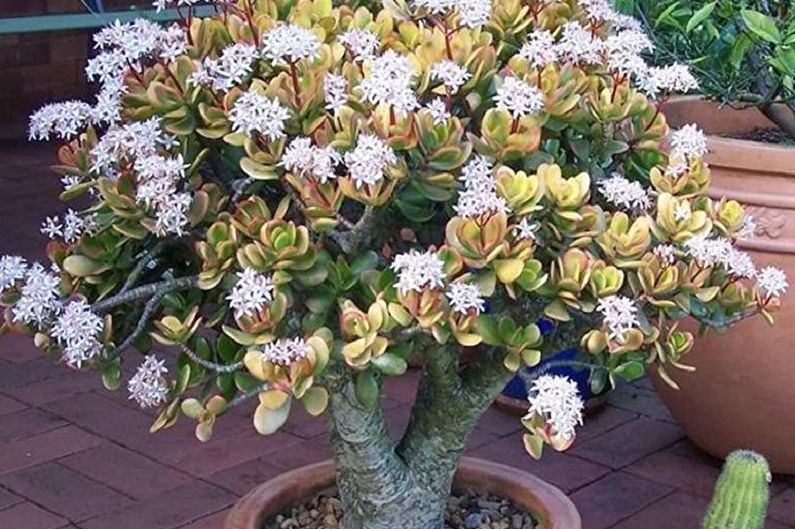
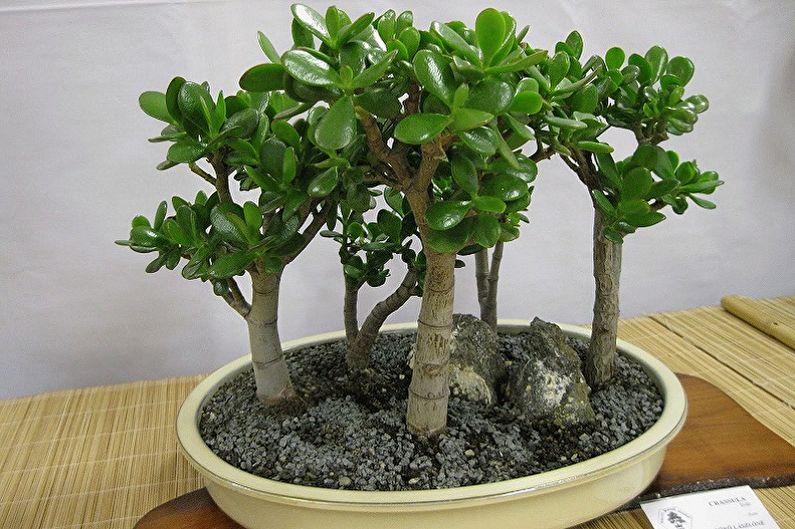
Column-shaped fat women
These are erect bushes that hardly branch. Basically, these are miniature and dwarf varieties. In addition to an interesting appearance, they are unpretentious and suitable even for inexperienced gardeners.
The sizes and appearance of varieties in this category are significantly different. Here are some examples of the subspecies most commonly found in homes:
- United. It is a branchy low succulent. Column-shaped rosettes and smooth round bluish leaves sprout on the branches. Under direct sunlight, the flower gradually brightens.
- Perforated. Behind the strange name is an interesting miniature variety with rhomboid leaves in yellow stripes.
- Rock. This is a rare in its category high grade, notable for branched fleshy shoots above half a meter. Nature decorated bluish pointed leaves towards the end with rusty stripes.
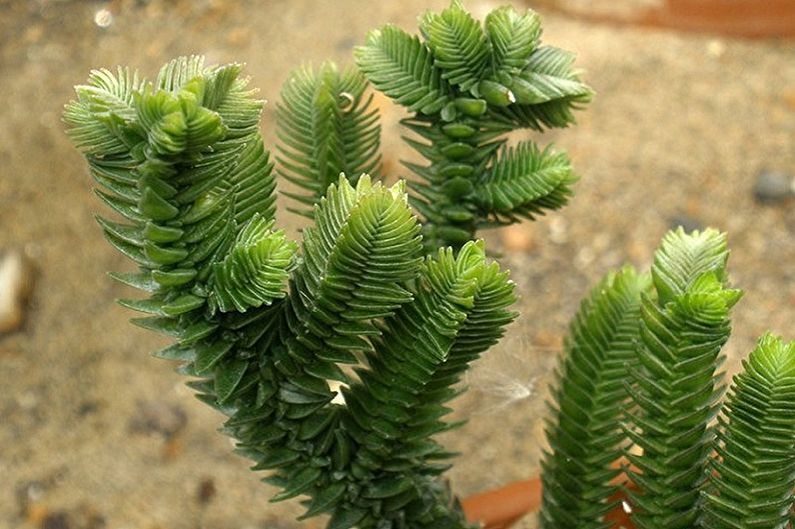
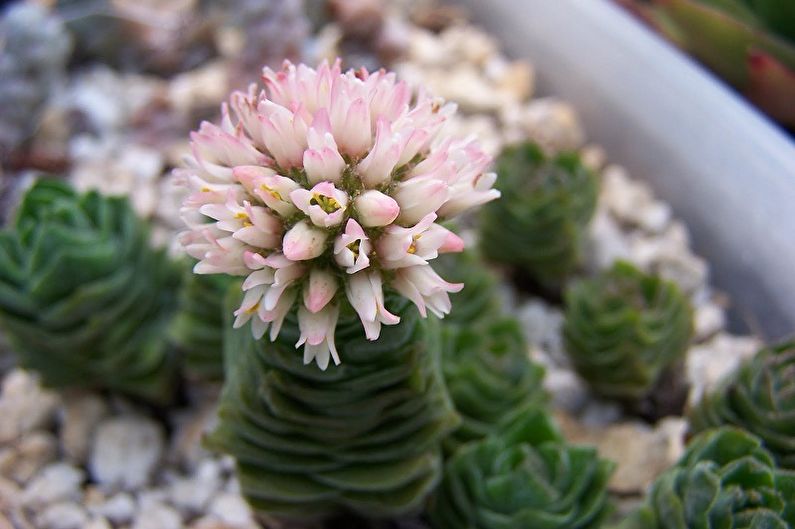
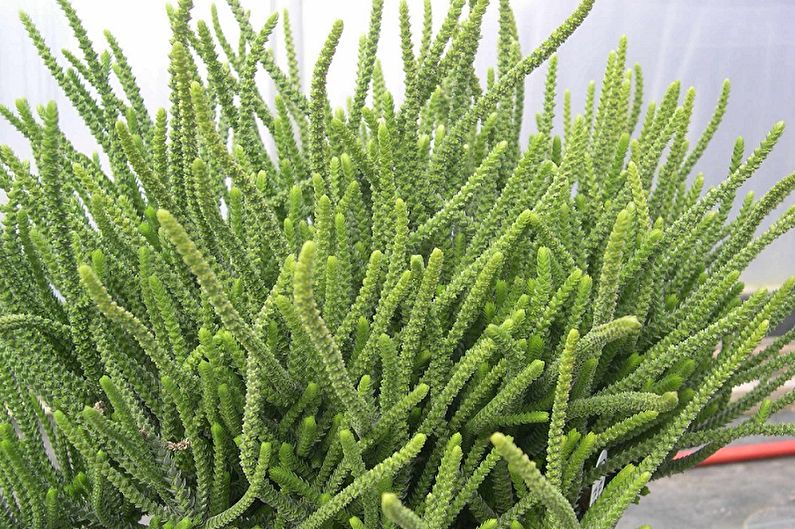
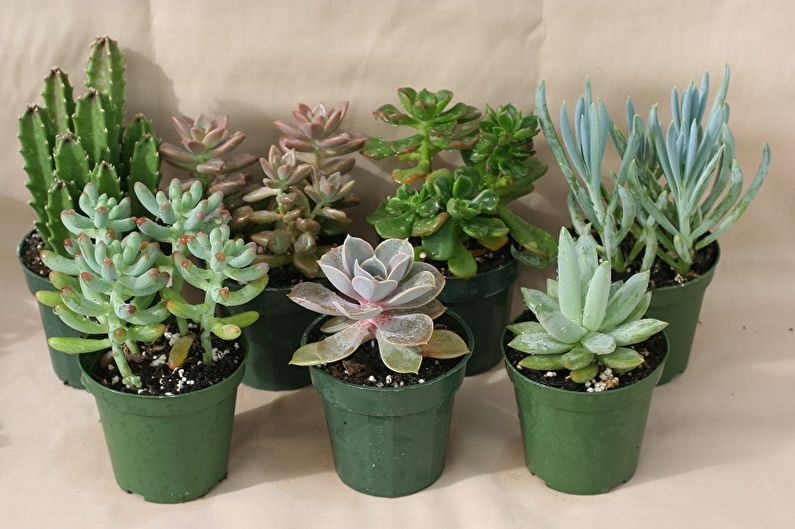
Creeping Fat Girls
Creeping Crassula is a grassy family that fills free space almost instantly. An interesting and unusual category, which includes such varieties:
- Point. The decorative variety is known for unusual curly shoots, uncharacteristic of a money tree. This is one of the smallest varieties. Leaves are especially appreciated: green speckled, with fine pile and lilac back side of the plate.
- Floating. A small money tree for those who love graceful and miniature indoor plants. The average size is about 20 cm. Shoots spread and gradually rise up. Small leaves in their configuration resemble a clown, which is why the fatty got its name.
- tetrahedral. This variety differs from the previous one in the form of leaves. They are fleshy and awl-shaped, of medium length. This is a capricious plant that tolerates both shadow and sun.
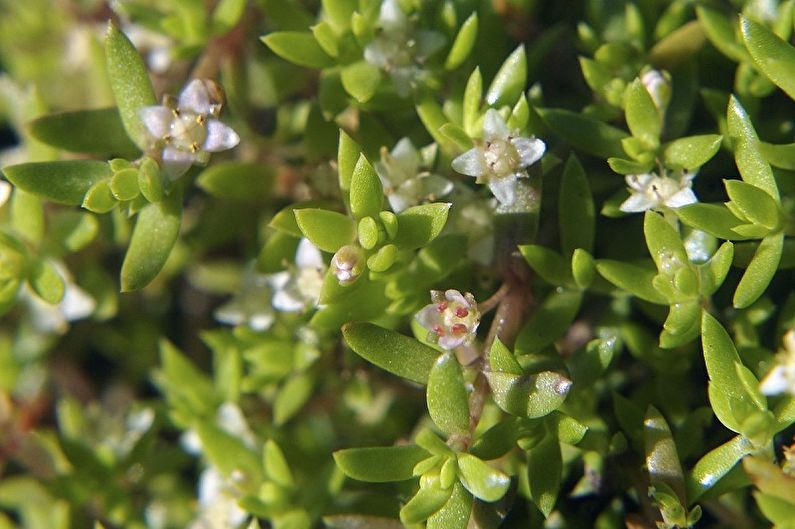
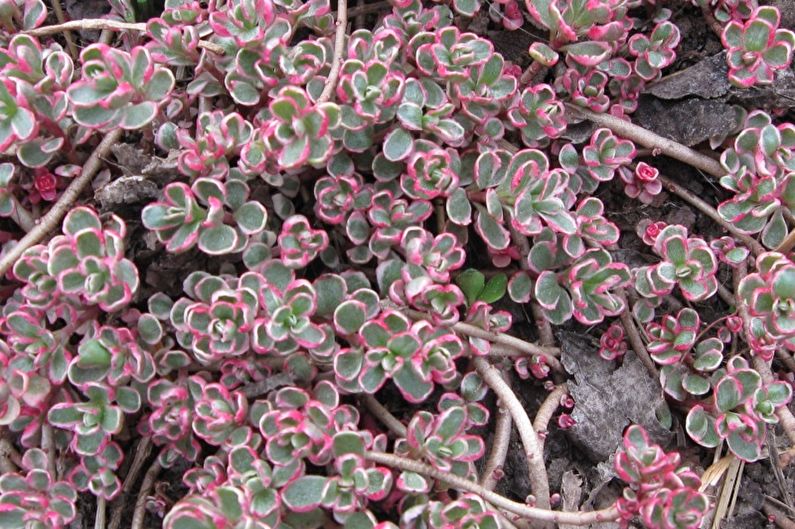
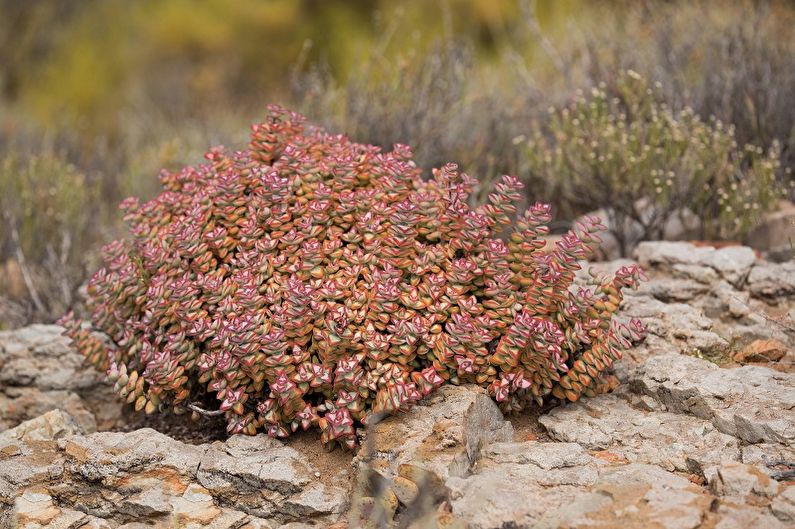
Money Tree Care
Crassula is moody when choosing a place for landing. It is important to avoid drafts and direct sunlight. Necessarily need drainage. The plant does not tolerate excess moisture, and a shallow rhizome should be handled as delicately as possible.
But in the types of soil money tree is as unpretentious as possible. It can be specialized mixtures for succulents or ordinary universal soil. It is only important that it is light enough. To improve its quality, it is advisable to introduce monthly professional additives and fertilizers. The pot may be flat.
The standard rate of watering is 1-2 times a week, but the colder the air, the less often you need to water the plant. Make sure that the soil does not clump and loosen it as necessary. In the warmer months, fresh air is good for Crassul.
For the winter, the fat woman is rearranged in a cool place. Immediately after that, reduce watering to once a month and a half. In early spring, you can do a transplant or return the plant to its place. This starts and stimulates the growing season. A transplant is recommended every 2-3 years.
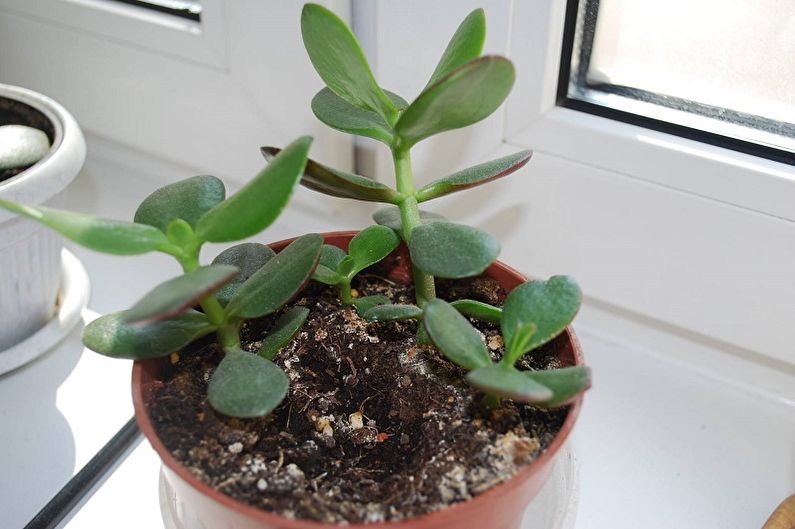
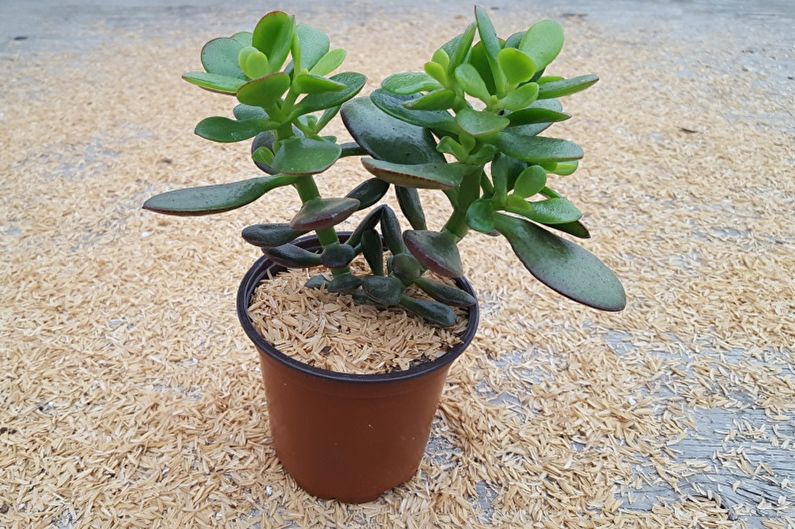

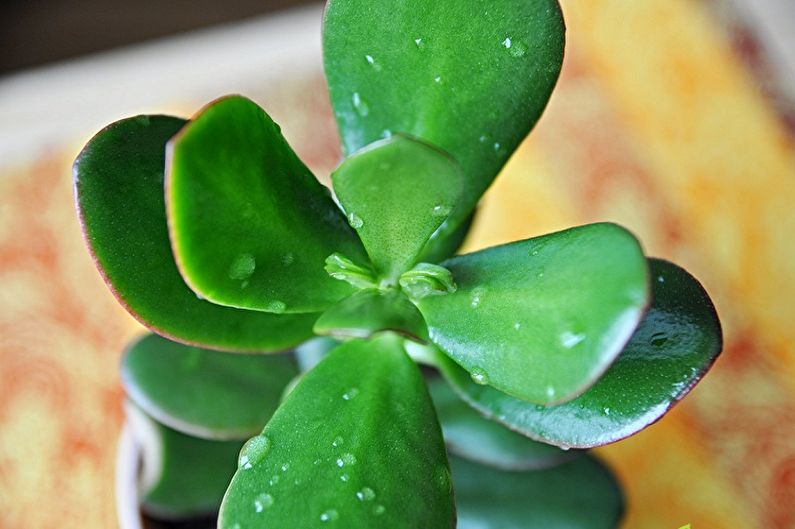
Transplantation and reproduction of the money tree
Immediately after the purchase, you need to transplant the fat woman in fresh land. It is better to transplant a young plant annually, picking up pots according to the size of the root system. When arranging drainage, instead of expanded clay, pay attention to pebbles or gravel. They are heavier, which means that they will balance the volume crown and give the tree stability.
It is most convenient to transplant the rosula using the transshipment method. Especially when it comes to massive old trees with delicate rhizomes.
Growing a money tree from seeds at home is pointless. Therefore, layering and cuttings are used.
The first roots in water appear within 10-14 days. Immediately after this, transplant the plant into the ground and monitor the moisture of the soil. A young tree needs more water.
The cuttings can be immediately rooted in the ground. First - next to the mother plant, and after that - in separate containers for seedlings.
An unusual way is leaf propagation. To do this, slightly drown him with a stalk in the ground, and gradually he will acquire a small root system. However, you need to select and cut healthy leaves. Those that have fallen themselves are not suitable for propagation.

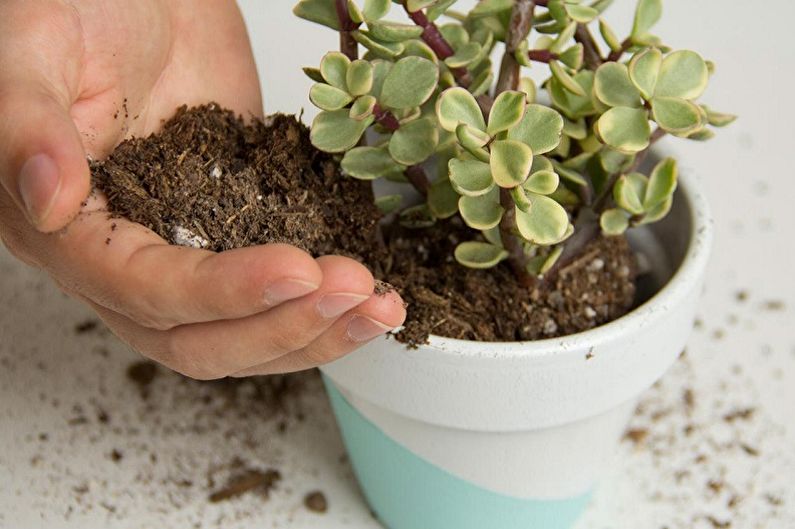
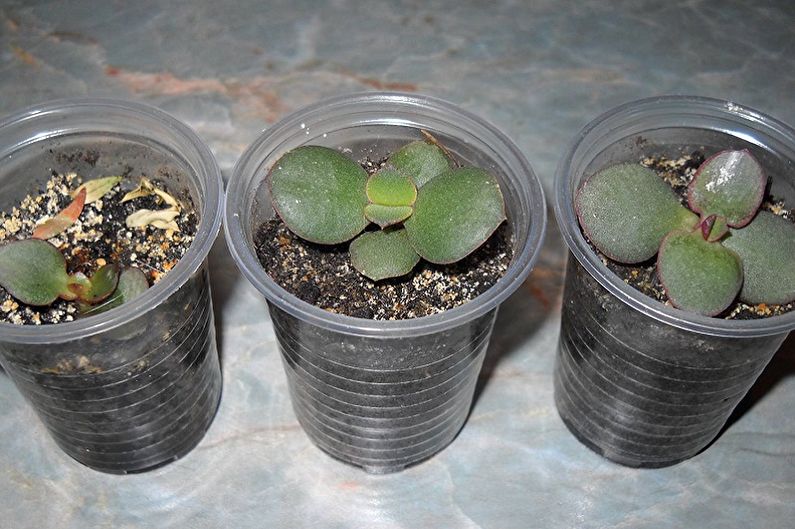
Pest and Disease Control
The fat woman begins to hurt only when the owners do not follow the rules for caring for a capricious plant. The most common problem is falling leaves. The reasons can be any: too much or too little sun, intensive watering, lack of moisture, fertilizer abuse, lack of good drainage.
That is why the first step in the treatment of any disease is to stabilize the irrigation and feeding regimen.
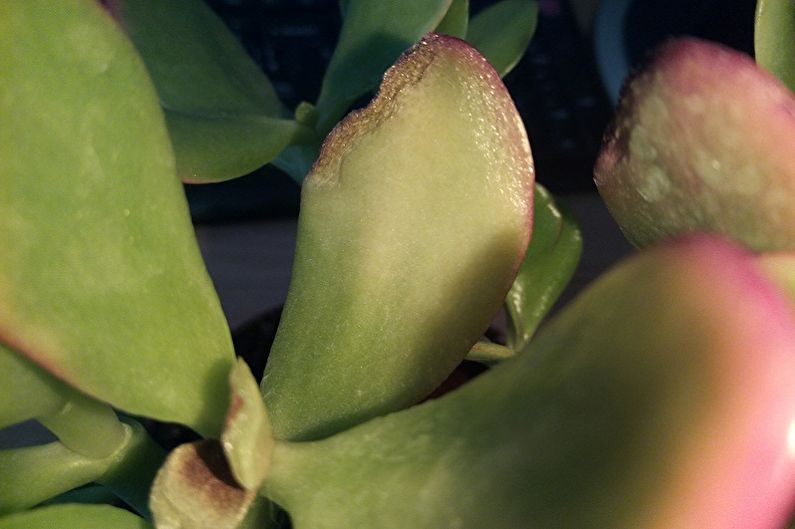
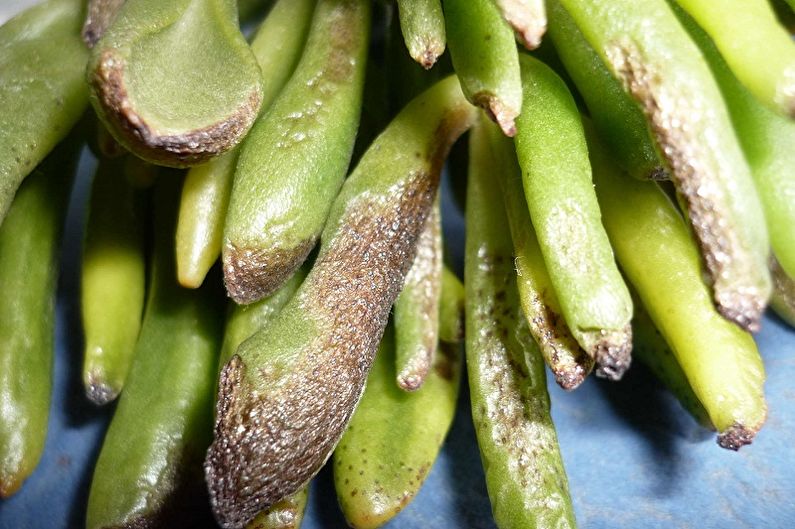
Money tree (Crassula) - photo
We have selected for you the most vivid and interesting photos of the money tree. See, compare, be inspired and look for options to your liking. Enjoy watching!
